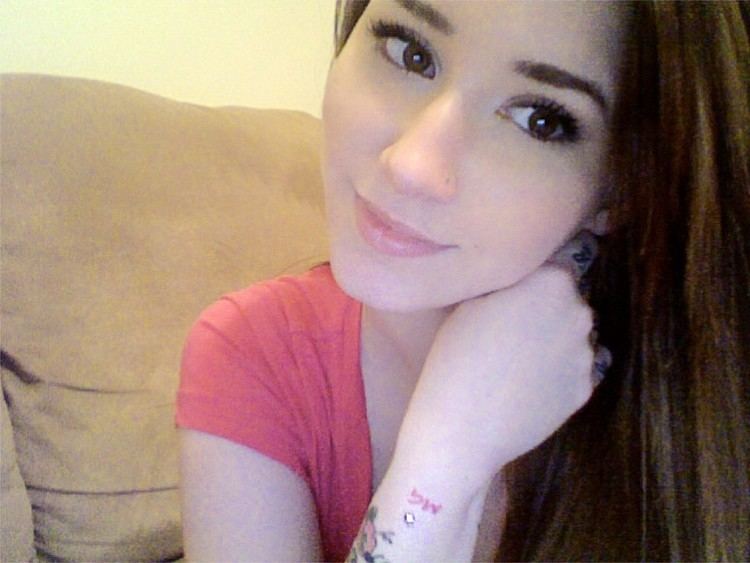Name Earl Lind | ||
 | ||
Books Autobiography of an androgyne, The female-impersonators | ||
Jennie june thechive photoshoot
Jennie June (a.k.a. Earl Lind and Ralph Werther) was one of the earliest transgender individuals to publish her own autobiography in the United States.
Contents
- Jennie june thechive photoshoot
- Biography
- Autobiography of an Androgyne
- The Riddle of the Underworld
- References

Biography
Jennie June was born in 1874 in Connecticut as Earl Lind. She was born into a Puritan family.
As a child, Lind asked others to call him by Jennie instead of Earl, and he spent much more time with girls than with boys. He became very shy and introverted when his parents sent him off to an all boys school and also became very depressed, considering suicide. Lind realized at a young age that he was an androgyne looking to change from male to female. At the time, the term transgender was not prevalent; instead words such as “androgyne” and “fairie” were used. He struggled throughout his life up to his late twenties with his extreme desire to perform fellatio, claiming to have partaken in over sixteen hundred sexual encounters in the span of a dozen years.
As a young adult, June found safe havens in places such as Paresis Hall in New York City to take on her new identity. Paresis Hall, or Columbia Hall, was one of many establishments considered the center of homosexual nightlife where male prostitutes would do as female prostitutes did, soliciting men under an effeminate persona. Places like Paresis Hall provided a place where people like June could gather and feel more free to express themselves and socialize with similar people in a time when cross dressing was not just looked down upon, but illegal. June then formed the Cercle Hermaphroditos in 1895 along with other androgynes who frequented Paresis Hall. They formed this organization in the hopes "to unite for defense against the world’s bitter persecution” and to show that being transgender was natural, although there is not much solid evidence that this organization actually existed.
By 1895 she met other androgynes in New York City, in a society called Cercle Hermaphroditos, whose aim was "to unite for defense against the world’s bitter persecution."
At the age of 28, June had herself castrated, a decision that she believed would make her healthier and decrease her extreme desires for sex. June felt that having male genitalia was the cause of her “disturbing” desires for sex. She also believed that castration would eliminate some of her other masculine features, such as facial hair.
According to Wayne Koestenbaum in The Queen's Throat, she believed that she could 'diagnose a man sexually simply by hearing him sing', and wanted to be an opera soprano.
Autobiography of an Androgyne
June published The Autobiography of an Androgyne in 1918 and The Female Impersonators in 1922, making her one of the first transgender Americans to publicize his story. Her goal was to make her trials well known and to rally the support of Americans to create an accepting environment for young adults who do not necessarily adhere to gender and sexual norms. June also wanted to prevent her younger counterparts from committing suicide. Her memoir The Autobiography of an Androgyne explains that she identifies as a third sex, calling herself an “androgyne,” “fairie,” “effeminate man,” and “invert” who lives in a mostly male body but has the mind of a female. Other terms used were “bisexuals” and “female impersonators,” since the terms “transgenders” did not yet exist at the time. The memoir includes many personal narratives and details about her sexual encounters, and includes her story of castration. The memoir describes in detail her sexual encounters and desires, but also contains pleas for understanding and acceptance of these “fairies.” The Autobiography of an Androgyne also describes how June felt that she lived a double life in the sense that she was an educated, middle-class white male scholar but also had intense yearnings for performing sexual acts that actually distracted him and caused him suffering.
The Riddle of the Underworld
In 2010, Dr. Randall Sell, a professor at Drexel University, discovered a third volume of June’s autobiography called The Riddle of the Underworld, which was written in 1921. This third volume includes an encounter in which June was beaten by men who she tried to pick up. She once again defends gender and sexual nonconformists, insisting that they were simply born of a different nature, but natural nonetheless. These newly discovered volumes provide an opportunity to look into more of June’s deeply personal encounters and issues, and provide the possibility for other narratives to exist.
